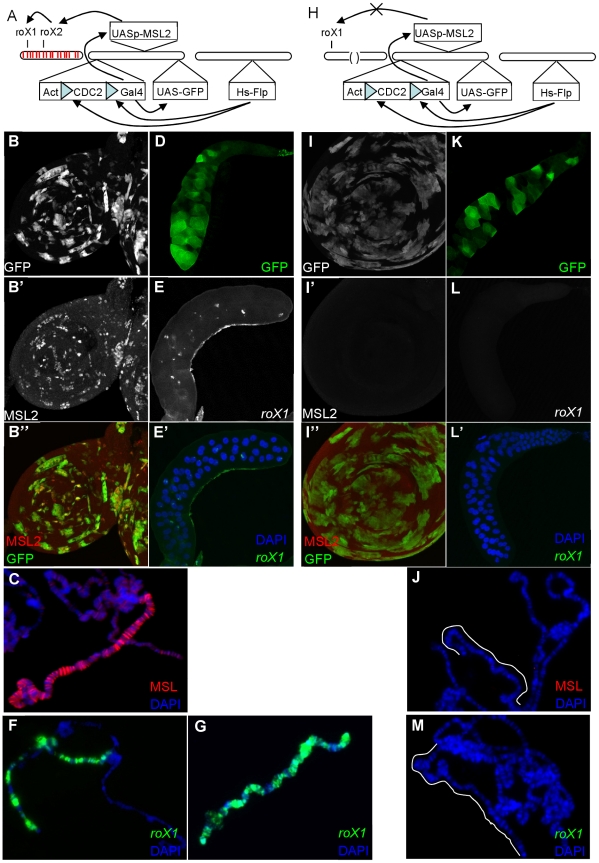Figure 1. MSL proteins alone cannot drive roX1 expression late in development.
A) 4 day old larvae were heatshocked to induce expression of Flp, resulting in the removal of the blocking sequence from GAL4 and subsequent expression of both MSL2 and GFP. MSL2 is expected to initiate roX transcription and MSL complex assembly. (B) GFP+ clones mark imaginal disc cells that have successfully removed the blocking sequences from GAL4 (B′–B″). Induction of MSL2 results in punctate subnuclear foci in imaginal disc cells. (C) MSL2 immunostaining of polytene chromosome shows late MSL2 paints the entire X chromosome. (D) Whole salivary gland showing GFP induced in some cells. (E–E′) roX1 FISH of whole mount of similar GFP+ salivary glands or (F) polytene squashes shows successful induction of roX1 expression in a subset of cells. (G) roX1 FISH of wildtype males (H) The same experiment was repeated in roX1+roX2− larvae. However, in the absence of roX2, MSL2 fails to drive roX1 expression. (I) Despite the presence of GFP+ (late MSL2 expressing) cells, MSL2 is not detectable over the X in (I′–I″) imaginal disc cells or (J) polytene chromosomes. (K) Whole salivary gland showing successful GFP expression in roX1+roX2− larvae. (L–L′) Expression of roX1 is never observed painting the X or as nascent transcripts at band 3F in separately processed GFP+ glands or on (M) polytene squashes.

